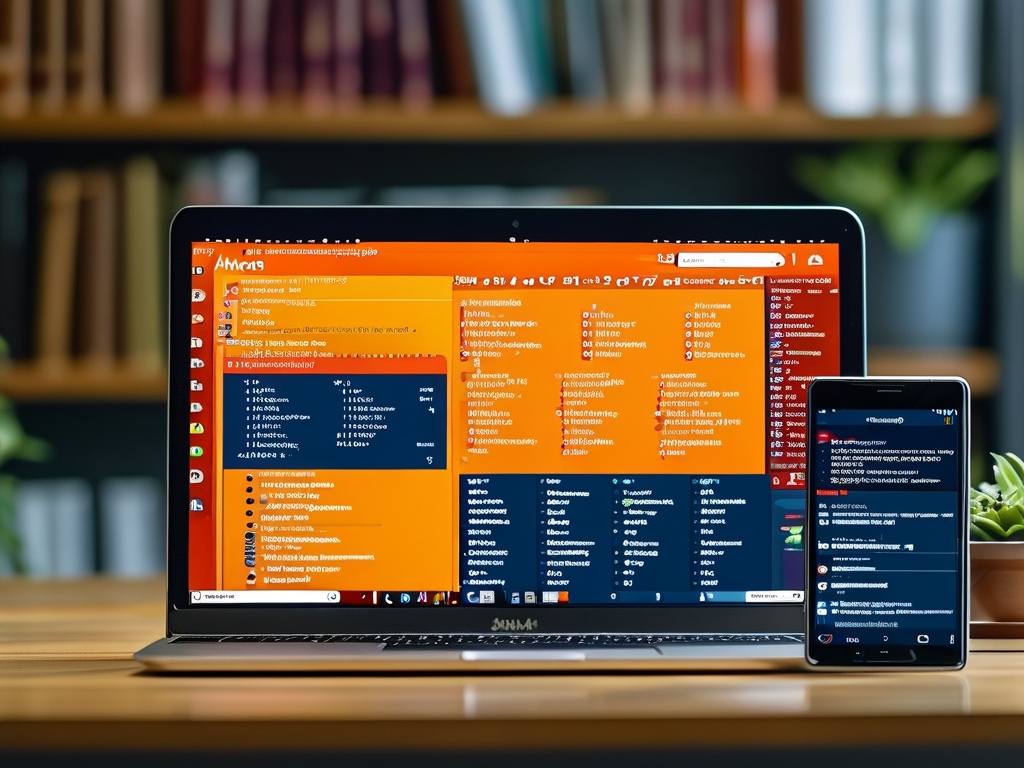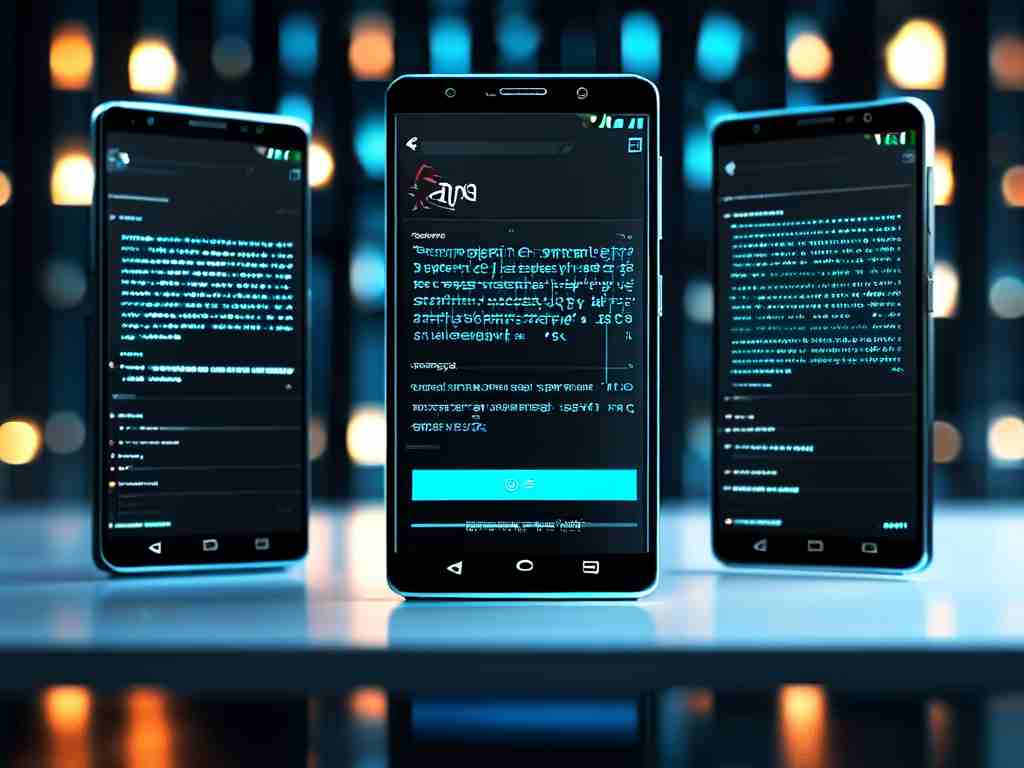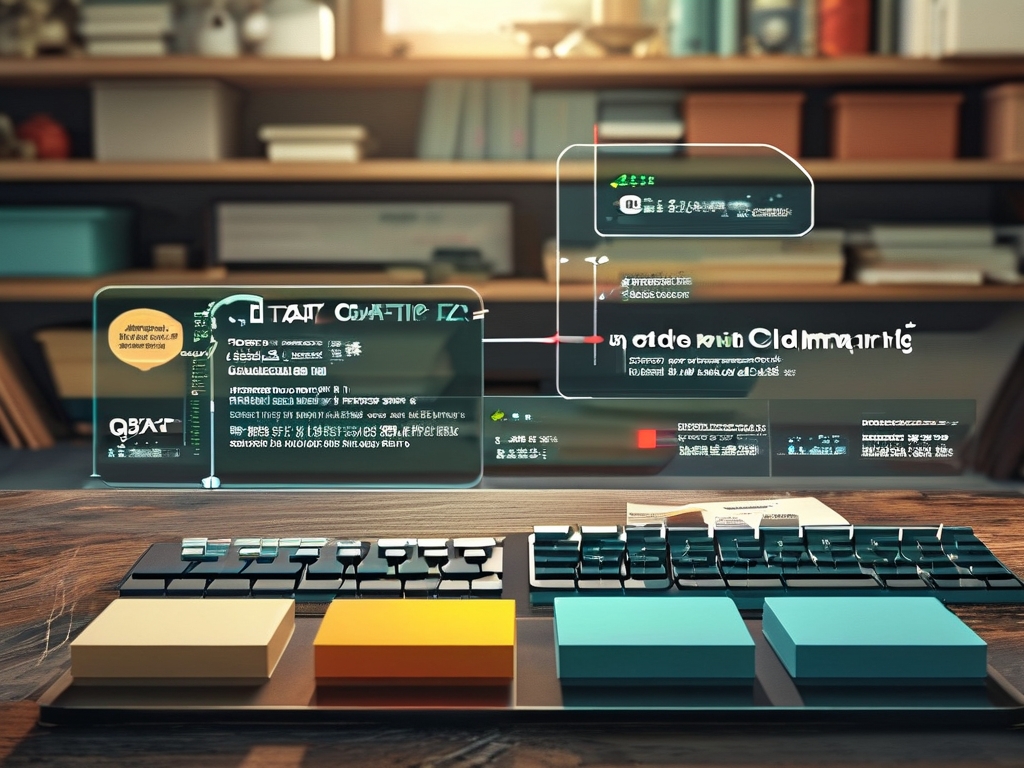In modern Android application development, databases serve as the backbone for managing structured information efficiently. As mobile apps grow more complex, the need for organized data storage and retrieval becomes critical. This article explores six practical applications of databases in Android projects, complete with technical insights and code examples.

1. Persistent Local Storage
Unlike temporary memory-based storage, databases provide durable data retention. When users close an app or restart their device, databases maintain information like user preferences, game progress, or cached content. Developers typically choose between SQLite (through Room Persistence Library) and Realm for this purpose.
// Room Database example
@Database(entities = [User::class], version = 1)
abstract class AppDatabase : RoomDatabase() {
abstract fun userDao(): UserDao
}
2. Structured Data Organization
Databases enforce data consistency through schema definitions, preventing the chaos of unstructured file storage. This structure becomes vital when handling relational data like e-commerce product catalogs or social media friend networks. Table relationships and constraints help maintain data integrity across application updates.
3. Efficient Query Operations
Through SQL or optimized query builders, databases enable fast data retrieval even with large datasets. Indexing strategies and transaction management ensure performance remains consistent as apps scale. For example, a messaging app can quickly load conversation history using properly indexed timestamp columns.
4. Multi-User Support
In collaborative applications, databases manage concurrent access through ACID (Atomicity, Consistency, Isolation, Durability) properties. This prevents data corruption when multiple users edit shared documents or participate in real-time voting systems.
5. Offline Functionality
By caching data locally, databases enable core app features to work without internet connectivity. A news reader app might store articles for offline access, while a fitness tracker could save workout sessions until network connectivity restores.
6. Data Synchronization
Modern databases simplify cloud integration through synchronization architectures. Firebase Realtime Database and Room with Cloud Firestore adapters demonstrate how local databases can mirror server data while handling conflict resolution:
// Firebase sync configuration
val syncSettings = SyncSettings.Builder()
.setSyncInterval(2, TimeUnit.HOURS)
.build()
Security Considerations
Android databases support multiple protection layers:
- Encryption using SQLCipher or Realm's built-in encryption
- Parameterized queries to prevent SQL injection
- Permission-based access control through Android's security model
Performance Optimization
Developers employ various techniques to enhance database efficiency:
- Batch operations for bulk data inserts
- Database connection pooling
- Lazy loading of large BLOB objects
- Regular index optimization and vacuuming
Choosing the Right Solution
While SQLite remains the default Android database, alternatives like Room (abstraction layer), Realm (object-oriented), and Firebase (cloud-first) offer different advantages. Decision factors include development team expertise, data complexity, and synchronization requirements.
As Android apps continue evolving with features like machine learning and IoT integration, databases adapt through extensions like vector search capabilities and edge computing support. Future-proof database design now considers modular architecture and cross-platform compatibility through solutions like Kotlin Multiplatform.
Through proper database implementation, developers create responsive, reliable applications that handle growing data demands while maintaining smooth user experiences. The strategic selection and optimization of database systems ultimately determine an app's long-term success in terms of scalability and maintainability.









